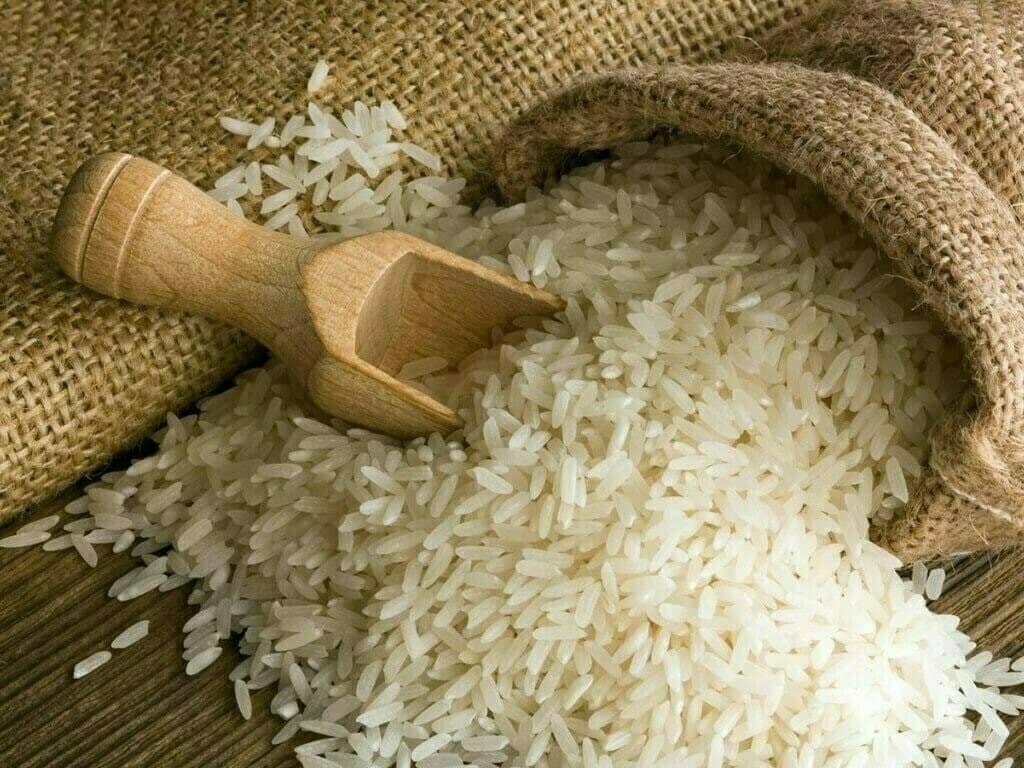Tags
Rice industry validates commission’s continuance
All handlers, 95% of growers support panel’s work.

California’s rice industry provides habitat for millions of birds that migrate the Pacific Flyway. It is also being used to foster improvements to endangered salmon populations in several rivers. Drought conditions two years ago significantly impacted migratory bird health.TODD FITCHETTE
California’s rice industry overwhelmingly elected to support another five years of assessments to fund the state’s rice commission efforts. Given what I’ve seen of the commission’s work, that came as no surprise.
Of the handlers voting, 100% of them supported the commission’s efforts. Over 95% of the growers participating in the referendum voted to continue funding the commission. The commission is funded by an assessment of handlers and growers in equal amounts. Current law sets that total as no more than 10 cents per hundredweight.
“One of the things I appreciate the most about these commissions is you go before your folks and have the same conversation about how they value what we’re doing,” said Tim Johnson, president, CEO of the California Rice Commission.
Johnson said the turnout for the referendum was high, noting that the high favorability vote suggests the industry appreciates the work of the commission.
The commission supports about 2,500 growers and rice handlers across about 500,000 acres of production in California. Most of that rice is grown between Sacramento and Chico. Those efforts include promoting legislative issues, conservation programs, public education, and regulatory work.
The Rice Commission works with several comprehensive regulatory programs on behalf of industry. One of these is the Rice Pesticides Program, which the commission fully manages and funds after assuming those duties from the Department of Pesticide Regulation in 2003.
Johnson said the commission’s short-term priorities include working with federal representatives on a new Farm Bill, and the state’s rice footprint. The footprint is a big-picture focus on the California rice industry’s impact to local communities, the environment, and food supply.
An amazing part of what the rice commission does is work with the various environmental organizations to promote fish and fowl habitat. There is a distinct connection between the health of the Pacific Flyway, the rivers where salmon migrate and spawn, and the availability of irrigation water for farms in the Sacramento Valley. One cannot divorce the need for sustainable water supplies to rice farmers and the health of the rivers and Pacific Flyway.
I spoke with Johnson and CRC Board Chairman Rick Rhody several months ago at the USA Rice Outlook Conference. They shared how the California industry’s focus is not solely about benefiting rice farmers, though rightly important, but how growing rice in the Sacramento Valley benefits communities and the environment.
We saw that play out over the past few years as drought led to the fallowing of half the state’s rice acreage in 2022, followed by habitat impacts that caused issues for migratory salmon and bird species that use the flyway. Rather than allow birds to spread out across vast tracts of land, what little winter water was available for migratory fowl led to disease issues that spread quickly.
It will be interesting to watch what the commission does over the next five years.
https://www.farmprogress.com/commentary/rice-industry-validates-commission-s-continuancePublished Date: April 1, 2024







